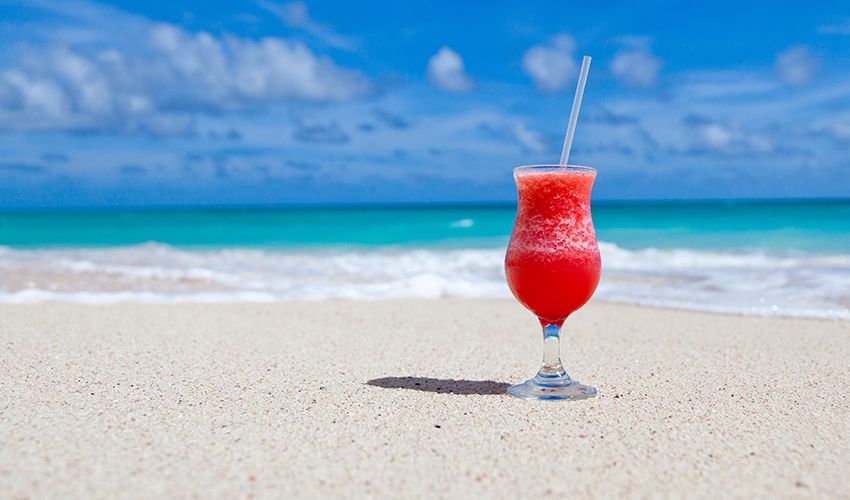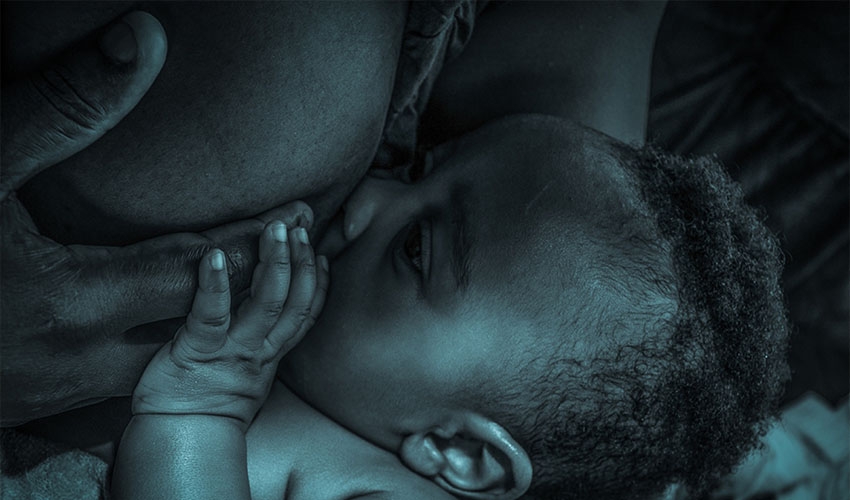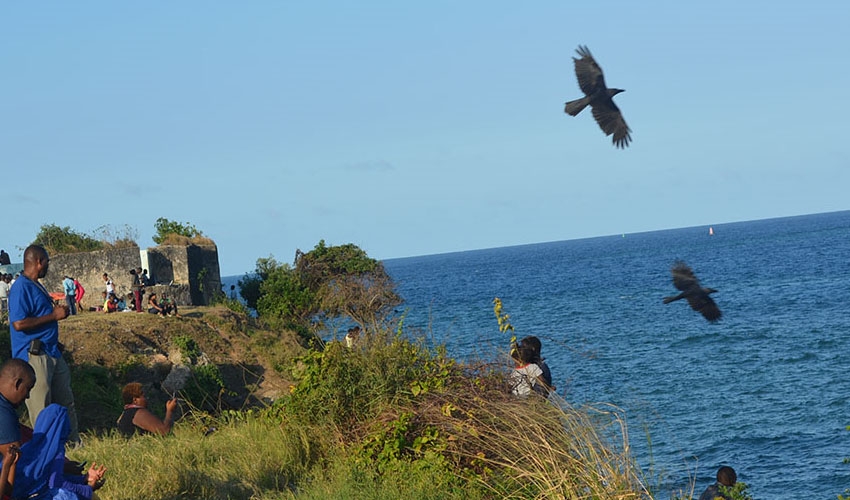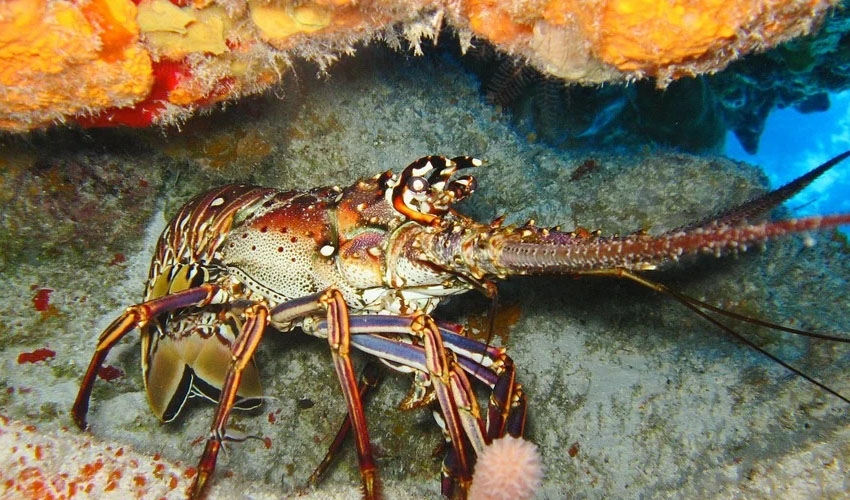I stared at the lobster in my hands as if it was an alien creature and not delicious seafood from the Indian Ocean. It was the tropical rock lobster, common on Africa’s East Coast. Its colourful outer exterior made it appear as if it was wearing one of those multi-colored coats that can be found in Nairobi’s vast Kikomba market, the paradise of second-hand clothes.
Before that moment, I had never seen a live lobster. Actually, before that moment, my mind couldn’t quite register how a lobster looks like. This was totally understandable, since for all my life, lobsters had never been on the dining table of any house or restaurant that I had visited. These dining tables instead consisted of beef and chicken all the time; lamb from time to time; ostriches and gazelles, a couple of times at Nairobi’s famous Carnivore restaurant.
"I do not go in search of poetry. I wait for poetry to visit me." Eugenio Montale
But lobster? Nope. Nunca. In fact, if you mention lobster to many of my friends, they will react with a puzzled – lob what?
The journey that brought the lobster into my hands had been long for both of us.
For me, it started in the small coastal town of Kipini. When I arrived there sometimes in 2006, I was mesmerized by its coastal tropical thrills.
‘That’s in Kenya?!’ I exclaimed to Caroline my Canadian former UNEP colleague and good friend.
‘You didn’t expect an army of palm trees to line up along a Kenyan road?’ She replied in her usual witty way.
 Photo by axistravel
Photo by axistravel
On either side of the gravel road, tall and medium sized palm trees stood silently, as if granting us a guard of honour. Behind them were other delicious trees that I had never seen before.
We were standing in the middle of a packed bus that had picked us from Garsen town about two hours earlier after we had waited for two hours before it finally hurtled into the dusty rustic town.
‘Wow’ this one word escaped my lips when I stared at the waters of River Tana gushing into the Indian Ocean. The brownish water that is a mixture of both salty and fresh water is known as brackish water.
Watching Kenya’s longest river finally emptying itself into the vast Ocean left me with a deep appreciation of nature’s astounding marvels.
Although that particular trip ended without any encounter with lobsters, it left in me a passion for Kipini that drew me back there a few years later when I learnt that Kipini was also a popular breeding ground for lobsters. By then I had founded Lamu Sea Food together with Mulhat my close friend from Lamu. Her tenacious and beautiful spirit became the young business’s greatest asset.
‘I just dive into the water and grab trapped lobsters,’ Faraj answered when I asked him how he fished for lobsters. His white beard and calm demeanour gave him the appearance of a wise aquatics professor as opposed to a seasoned lobster fisherman who had been at the game for two decades and counting.
Faraj was one of Kipini’s dozens of wavuvi wa lobster (lobster fishermen). They had an uncanny, almost magical ability to hold their breaths for extended periods of times as they dove into the salty waters to pluck lobsters from their hiding places.
‘This will cost you only eight hundred shillings ($8) per kilo’ Faraj said as he held out one particularly large tropical rock lobster towards me, ‘and that is a special price because you are a good-hearted person.’
A bad word almost jumped out of my mouth although I had just been praised as goodhearted.
Instead of the curse, I settled for an exclamation, ‘what!’
I shook my head even as I smiled, ‘that’s too much my brother. That’s too much. Too much.’
Faraj frowned as if wounded that his generous offer was being tossed in the hot sand beneath our feet, ‘walk around this beach and if you are lucky to find lobsters, you will have to pay at least one thousand shillings ($10) per kilo!’
Earlier that morning, Kaimu my contact person in Kipini had given me a crash lesson in bargaining.
‘Always start as low as you can,’ the soft-spoken Kaimu had told me.
‘I will be buying lobsters from you for a long long time Faraj,’ I said, trying to entice him to lower the eight hundred shillings further.
But he artfully leaned on religion to rebuff me, ‘only God knows if we shall be there tomorrow, so let’s talk about today.’
I ended up buying all the 33 kilos that Faraj at 800 shillings per kilo. He didn’t budge. But I was thankful that I had got a good bargain because just as he had said with a frown, the lobsters were hard to come by and if you did stumble on a lobster catch, you would have to part with 1,000 shillings per kilo.
That evening when I was back at Yellow House, my Lamu Island house, I discovered to my horror that in Maine, dealers buy lobsters for an average of $2! How is it that my fellow dealers in the world’s sole superpower were buying lobsters for prices that were four times cheaper than mine?
Read the answer to this last question in an upcoming article Lobsters – More Expensive in Kenya than the US








